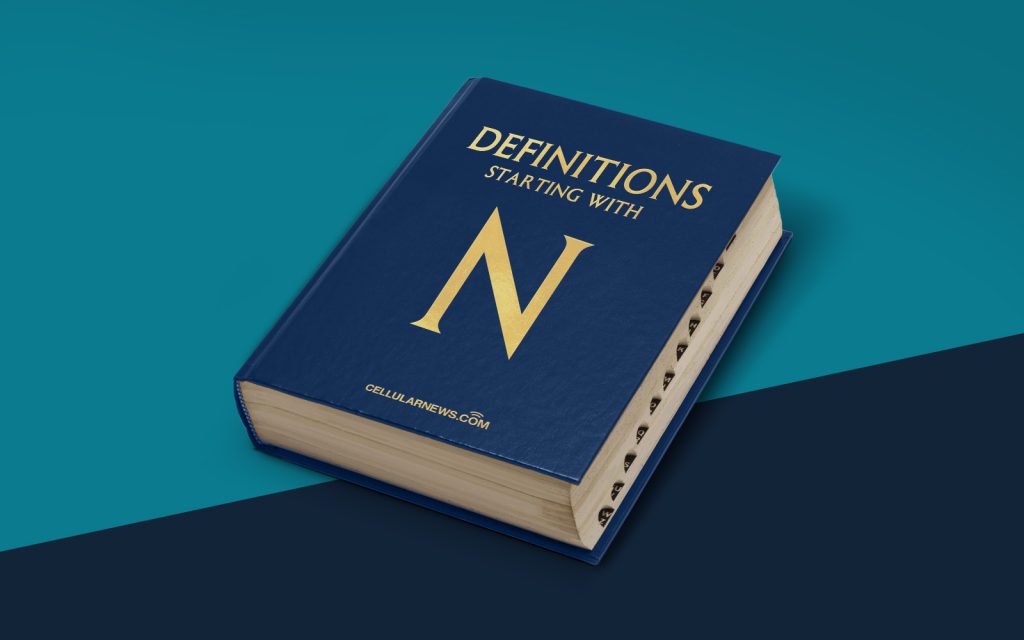
Welcome to the World of New Media!
Have you ever wondered what exactly is meant by the term “new media”? In this article, we will explore the exciting world of new media and shed light on its meaning and significance. So, buckle up and let’s dive in!
Key Takeaways:
- New media refers to forms of media that have emerged or evolved in the digital age.
- New media has revolutionized the way we create, consume, and interact with information.
New media refers to the forms of media that have emerged or evolved in the digital age. It encompasses a wide range of communication technologies and platforms that have revolutionized the way we create, consume, and interact with information. From social media platforms to streaming services, new media has transformed the way we communicate, entertain ourselves, and stay informed.
Now that you have a general understanding of what new media is, let’s take a closer look at some of its key characteristics and examples.
The Characteristics of New Media
New media is characterized by a set of unique features that distinguish it from traditional media forms. Here are some notable characteristics of new media:
- Interactivity: Unlike traditional media, new media allows for two-way communication. Users can actively engage with content, share their opinions, and participate in online discussions. This interactivity fosters a sense of community and empowers users to contribute to the content they consume.
- Instantaneity: New media enables real-time communication and instant access to information. Whether it’s breaking news, live streaming, or social media updates, new media provides immediate and up-to-date content, eliminating the time lag associated with traditional media.
- Global Reach: With new media, geographical barriers are virtually erased. The internet has made it possible to share and consume content with people from all corners of the world. This global reach has opened up new opportunities for collaboration, cultural exchange, and audience engagement.
Examples of new media platforms include social media networks like Facebook, Instagram, and Twitter, video-sharing platforms like YouTube and TikTok, streaming services like Netflix and Spotify, and online news portals. These platforms have reshaped the way we communicate, entertain ourselves, and stay informed, creating new avenues for self-expression and connectivity.
New media has also had a profound impact on industries such as journalism, advertising, entertainment, and education. It has disrupted traditional business models, challenged the status quo, and created new opportunities for innovation and growth.
As technology continues to advance, new media will undoubtedly evolve further, presenting new challenges and opportunities. Staying informed and adapting to the ever-changing landscape of new media is crucial for individuals and businesses looking to thrive in the digital age.
Conclusion
So, what is new media? It’s a dynamic and ever-evolving realm of digital communication that has transformed the way we interact, create, and consume information. With its unique characteristics and widespread influence, new media continues to shape our society and redefine the way we connect with the world.
Now that you have a better understanding of new media, go ahead and explore the platforms and technologies that define this exciting era. Embrace the interactivity, embrace the instantaneity, and embrace the global reach that new media offers. The possibilities are endless!
